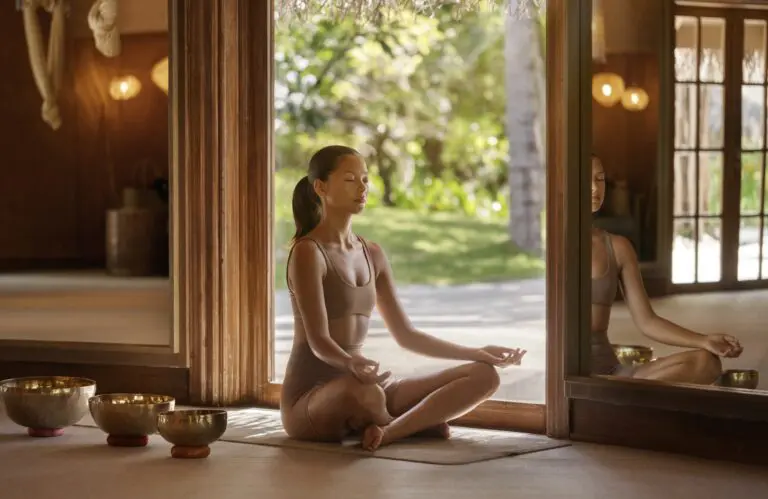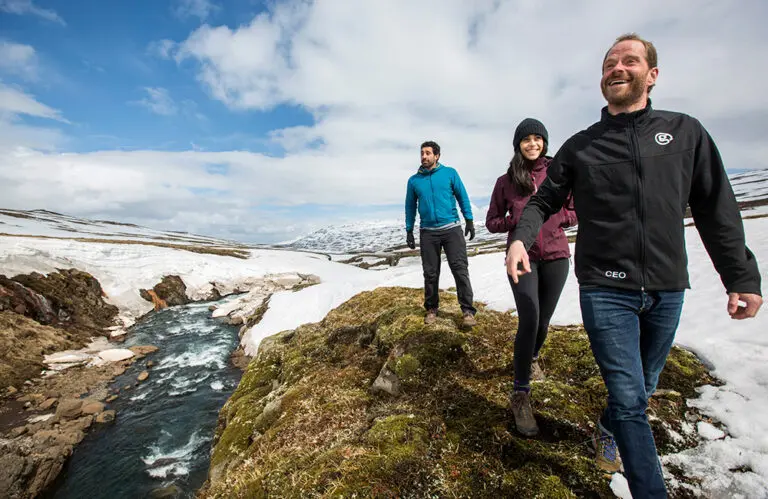Are your clients asking you questions about yacht holidays and you simply have no idea what they’re talking about? Don’t know your ‘head’ from your ‘hull’? Think a ‘cat’ is the furry kind with whiskers?
With a rise in water based holidays, we’ve put together a comprehensive (and easy to digest) guide on booking a yacht charter – you’ll be a seasoned sailing expert in no time, or at least you’ll sound like it!
If there are any words you don’t understand throughout this guide, scroll to the bottom and find your mystery word defined in our Nautical Glossary.
Need to know destinations
As with all travel industries there are particular destinations that are more prevalent than others and the marine travel is no different. Here are 5 hot spots to get you started:
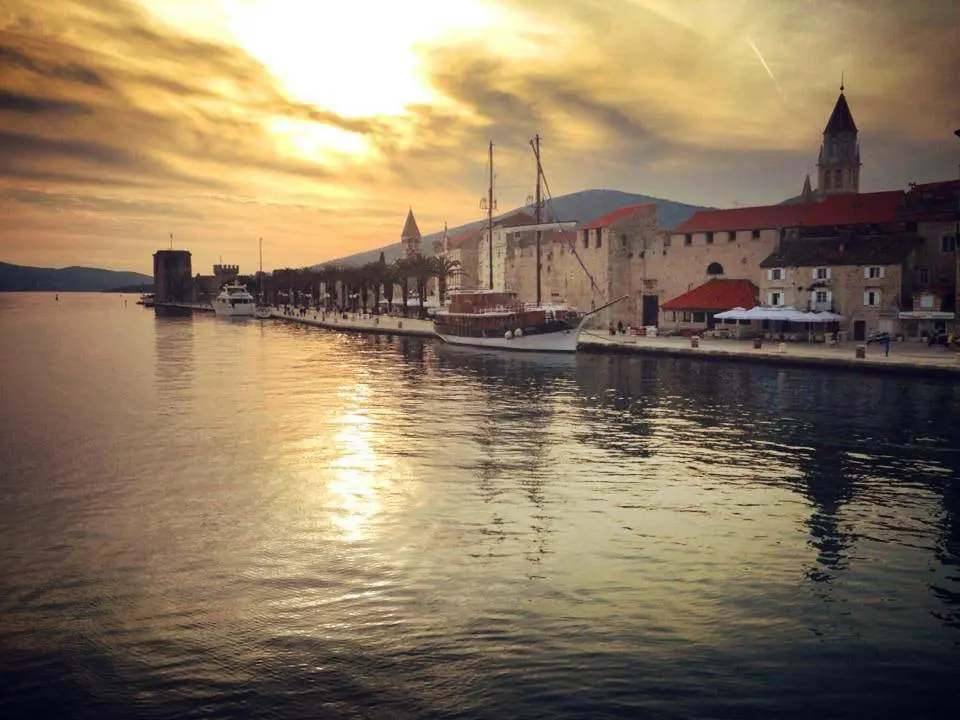
Croatia boasts Europe’s sunniest coastline so holidays here guarantee great temperatures and clear blue skies, combine these with ideal wind conditions for a winning formula. The Dalmatian Islands offer archaeological, historical and cultural wealth at almost every stop. You clients can fly into Split with easy access to the Adriatic Sea towns like Agana where you can set sail.
Setting sail from Agana gives you access to must-see sights including the Krka National Park and the lush Palmižana on Sveti Klement. You can Island hop to the lively southern islands of Hvar, Brač and Korčula with smaller Vis and its neighbour Biševo, home to the famous Blue Caves.
High Season: June – September
Low Season: May & October
2. Bay of Naples and the Amalfi Coast, Italy
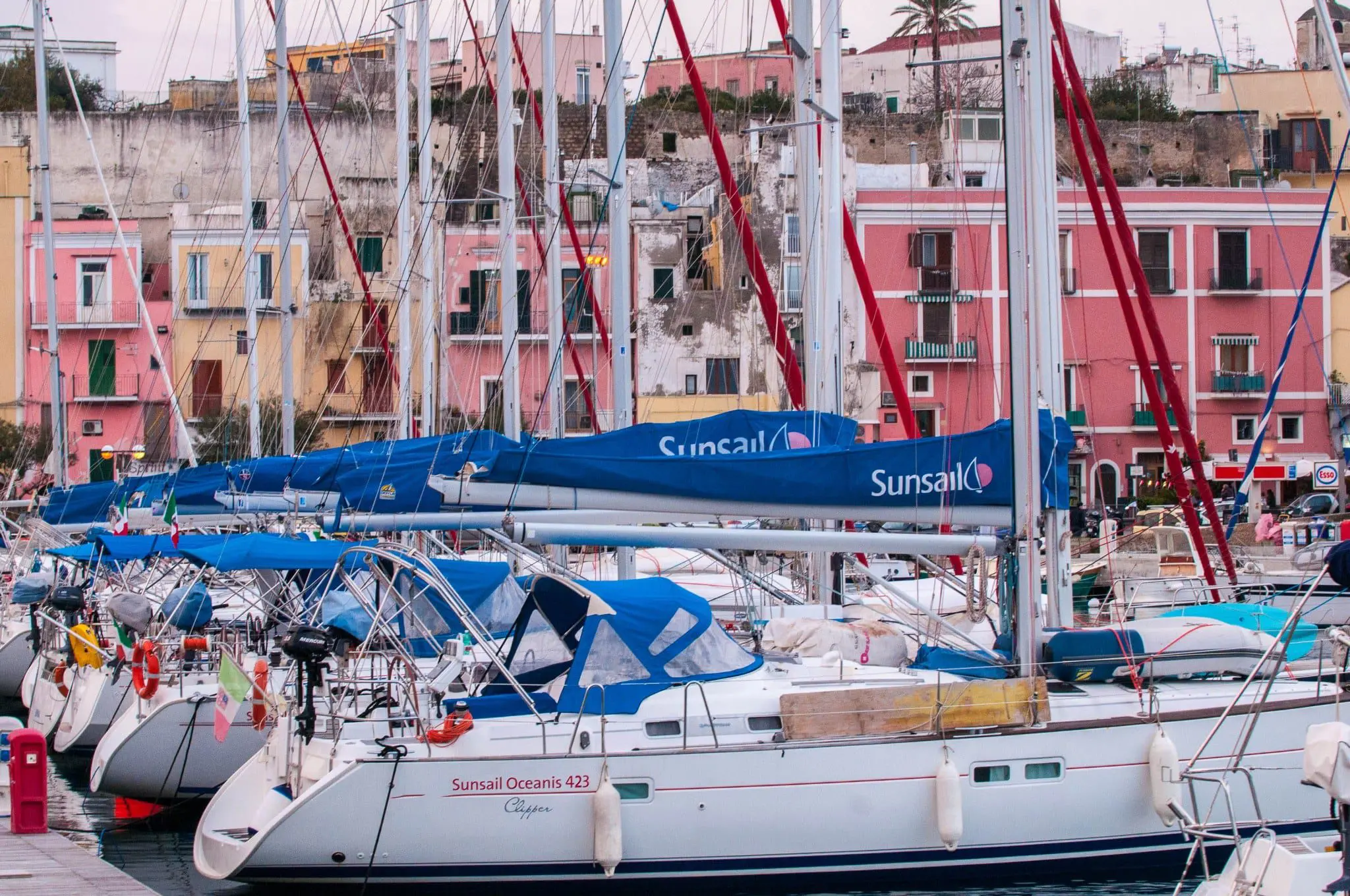
Access the Amalfi Coast from Procida, the oldest Island in the bay of Naples and famed for its pastel-hued buildings, steep cobbled street and excellent seafood. Discover the stunning Amalfi Coast, the islands of the Tyrrhenian Sea and revitalise in the volcanic thermal spas this coastline is famous for.
If your clients venture south they will be charmed by famous islands like Capri with the mysterious Blue Grotto or stick to the mainland where they can visit Pompeii, the mighty Mount Vesuvius and Herculaneum. Further south your clients will find the Amalfi with its sun-filled piazzas and intimate beaches. To the north of Procida you will find the archipelago of the Pontine Islands, only accessible by sea that remain relatively unknown and unspoilt, perfect for anyone looking for authentic Italy.
This is a level 2 sailing destination and is better for slightly more experienced sailors because of changing tides and hidden rocks in the area. Naples International Airport is the best arrival airport for your clients with ferries and hydrofoils departing Molo Beverello and Porta di Massa direct to Procida.
High Season: June – September
Low Season: April, May & October
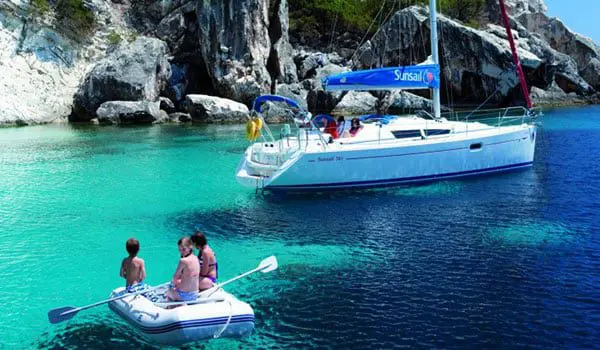
An eternally popular holiday choice, the Ionian is a firm favourite with the yachting community. With line-of-sight sailing in gentle conditions, this is an ideal family destination.
Sailing the Ionian means that you can visit traditional Greek towns, fishing villages, beaches and bays that can only be reached by water. Cruise with dolphins at your bow and the wind in your sails. You can head north to explore the beautiful beaches of Paxos and Antipaxos, or south towards the calm seas around legendary Ithaca.
Lefkas is famous for having some of the most beautiful beaches in Greece as well as a vibrant nightlife and dining scene, not forgetting must-see ancient ruins including the 14th century Venetian fortress at Agia Mavra.
You clients can fly into Preveza Airport and take a cruisy 45 minute taxi transfer to Lefkas Town on Lefkas to commence their holiday.
High Season: June – September
Low Season: April, May & October
4. Tahiti
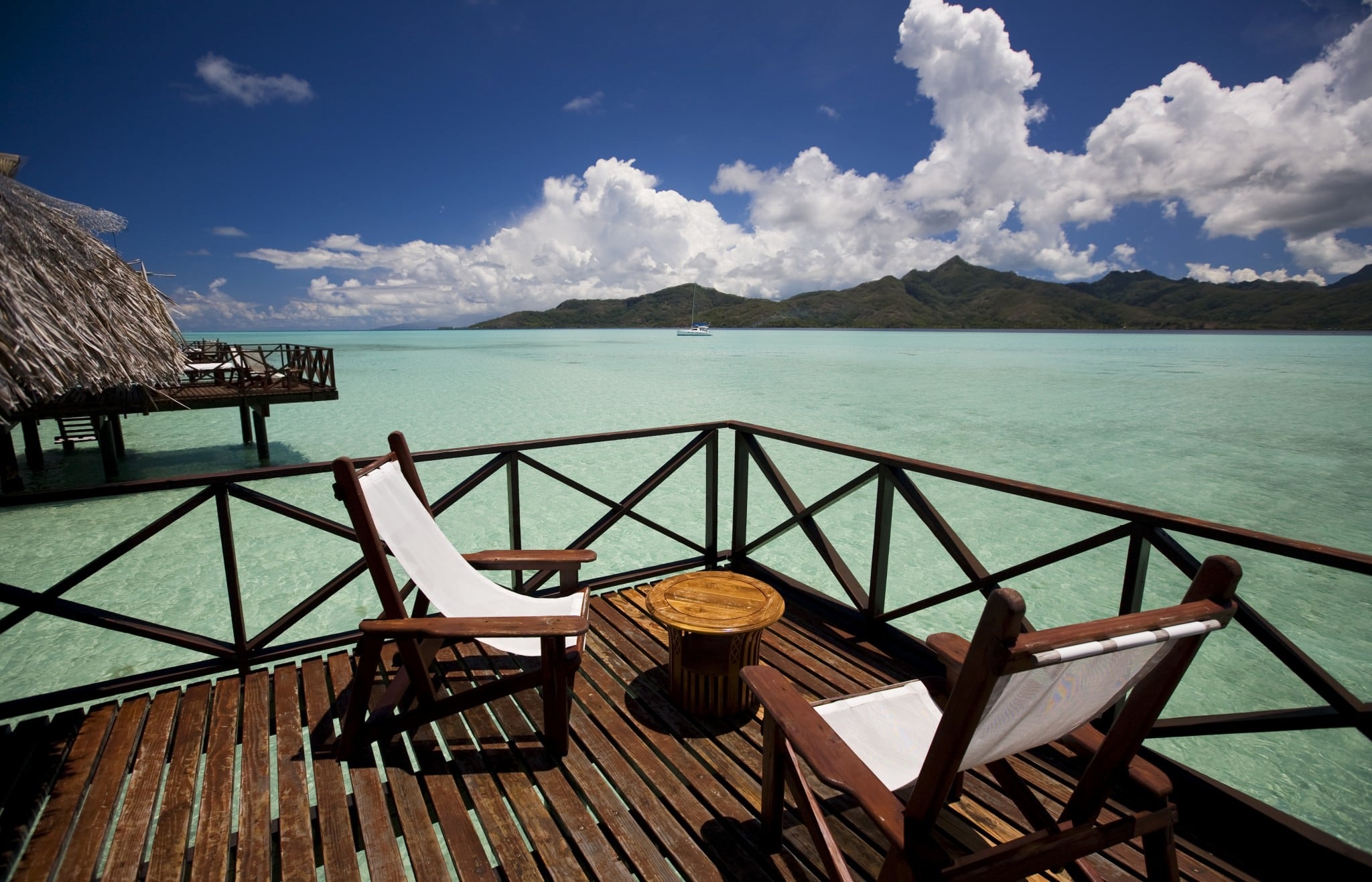
From islands crowned with high, jagged peaks to atolls that barely float above the water, there is no destination on earth that exudes ‘holiday mode’ more than Tahiti. With sweeping white beaches, lush green flora, waterfalls, grottos and hidden caverns, Tahiti has a little magic for everyone.
Enjoy easy sailing and divine sights from Raiatea, ‘The Sacred Island’, and the largest island in Tahiti. Your clients will have free range to explore and even re-create the hilarious scenes of the movie ‘Couples Retreat’ on stunning and contrasting islands like Bora Bora, Tahaa and Huahine. To the North you’ll find Bora Bora, the ‘Pearl of the Pacific’, a playground for the rich and famous and Taha’a, the sparsely populated Vanilla Island with the ever popular snorkelling spot of Motu Tau Tau.
Your clients can fly into Papeete International Airport and then take a local air transfer to Raiatea Airport with a 5 minute taxi transfer to the Apooiti Marina. Discover Tahiti in September and October to see the manta rays or from August to October for whale watching.
High Season: April – October
Low Season: November – March
5. Tonga
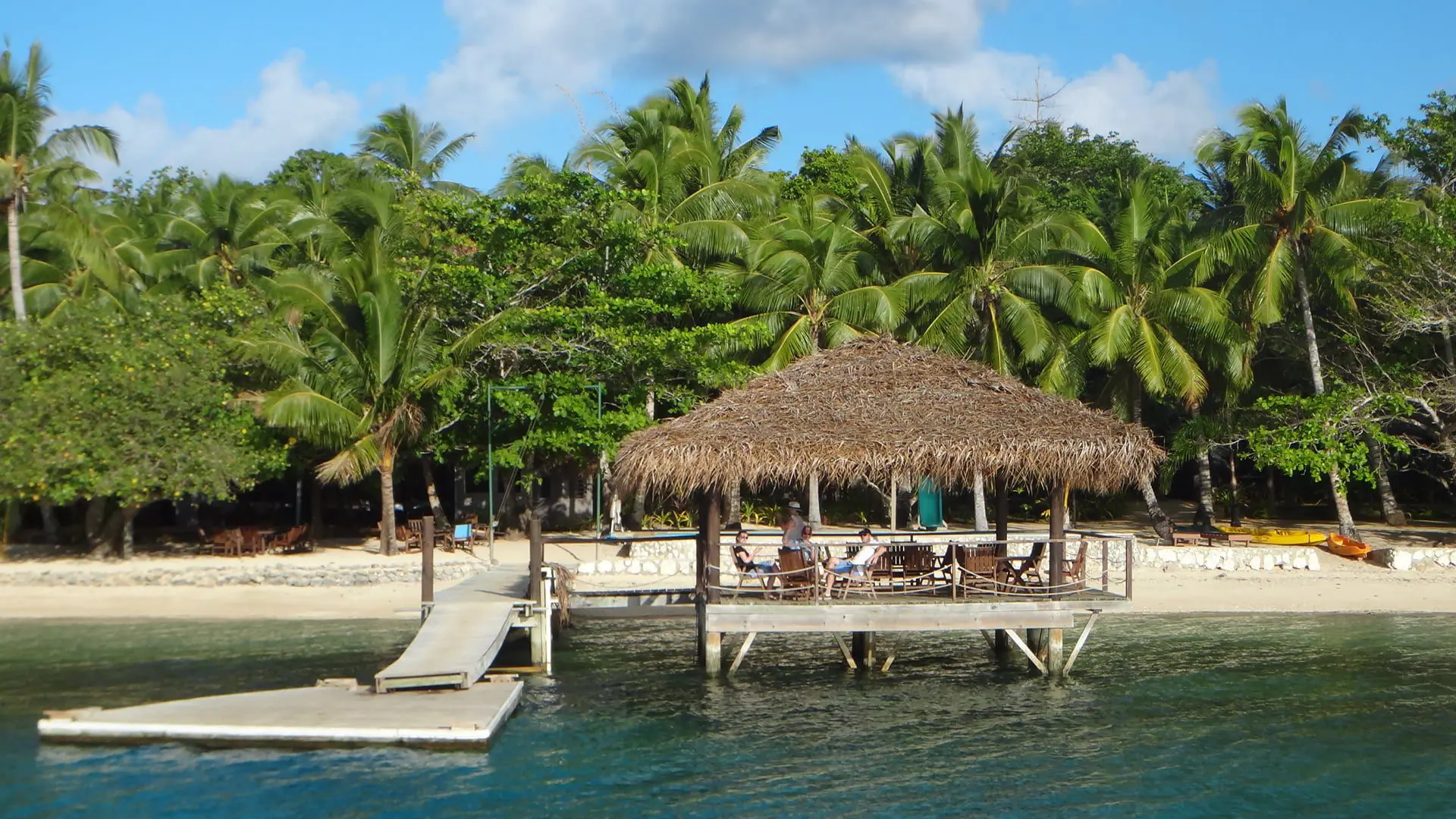
In the South Pacific Ocean, the peaceful Kingdom of Tonga is a tropical sanctuary and provides an excellent sailing holiday playground.
Sail through lush turquoise lagoons, witness dramatic deep water drop-offs with giant fern forests and walk on fine white coral sand beaches backed by vibrant green coconut plantations. Neiafu, the capital of Vava’u, is an excellent starting point for exploring this archipelago, bursting with life. As you set sail, the seabed drops to around 200ft (60m) and it is often said it’s like swimming in an aquarium.
From late July to October it is common to be sailing among pools of humpback whales and dolphins and other breath-taking marine life such as sea stars, tropical fish, rays and turtles.
Your clients can either fly into Fuaʻamotu International Airport on the mainland and then transfer to Vava’u or fly straight into Vava’u via Fiji with Fiji Airways.
High Season: June – December
Low Season: January – May
Get these 5 down first, then once you’ve mastered the basics you can then move on and expand your knowledge on other sailing grounds. Other spectacular sailing destinations include the Bahamas, Belize, Thailand and the Seychelles.
Fleet differences
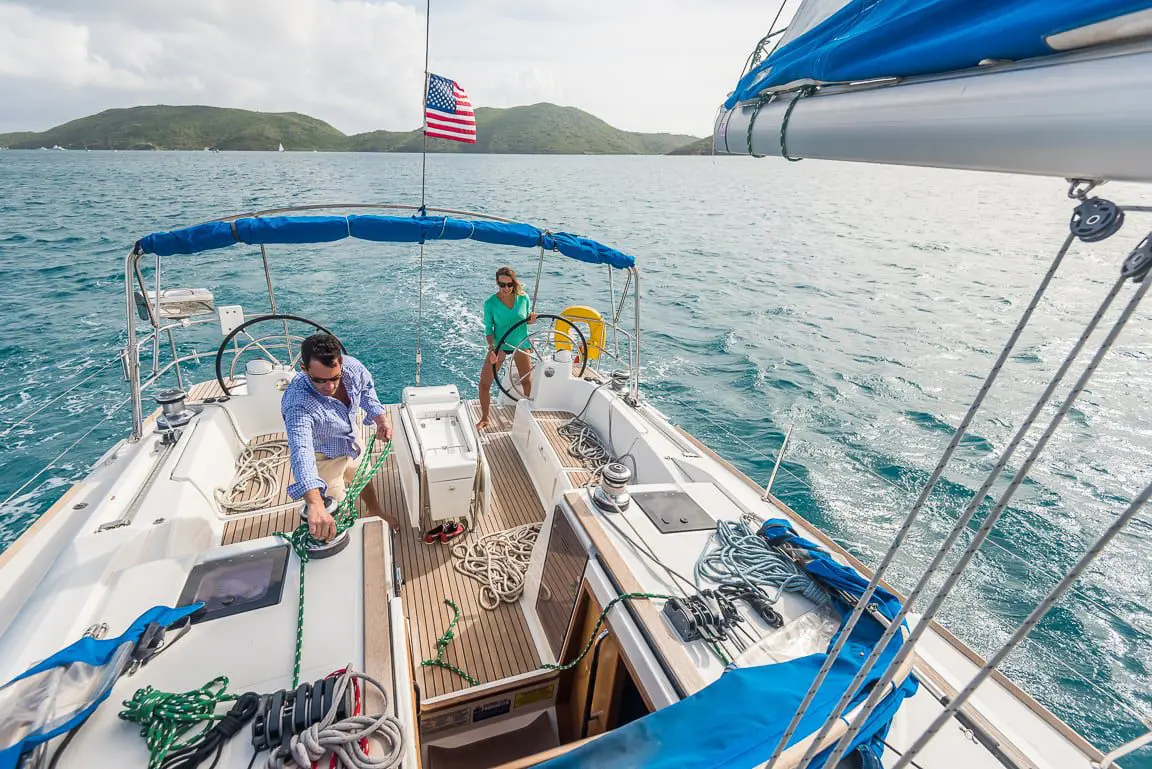
This is a Monohull
Now that you’ve got these destinations under your belt, it’s time to scrub up on your yacht knowledge.
Monohulls (that’s ‘monos’ for short) – These are yachts with one hull (mono-hull = one-hull). These are the ‘original yacht’ and are great for the traditional sailor, those who are adventurous or just wanting a ‘real’ sailing experience.
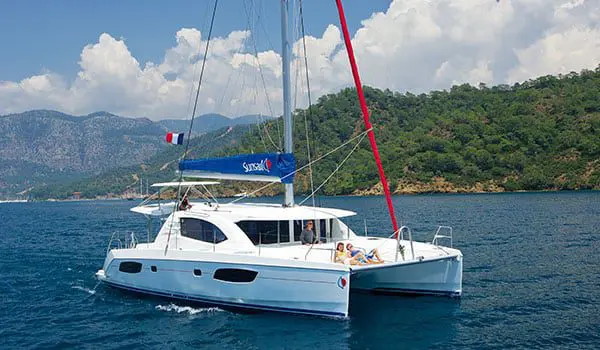
Catamaran (the cool kids call them ‘cats’) – These are yachts with two hulls. If you’re after space, look no further. Cats offer expansive lounging areas, airy saloons and generous cabins below. If your client is on the taller side, a catamaran can be a better option.
There’s no need to worry about spilling that glass of red or loosing balance while cooking – Think, double hulls = double the stability. Cats are also great for first timers, those with young families, or the less enthusiastic sailors.
The low down on feet
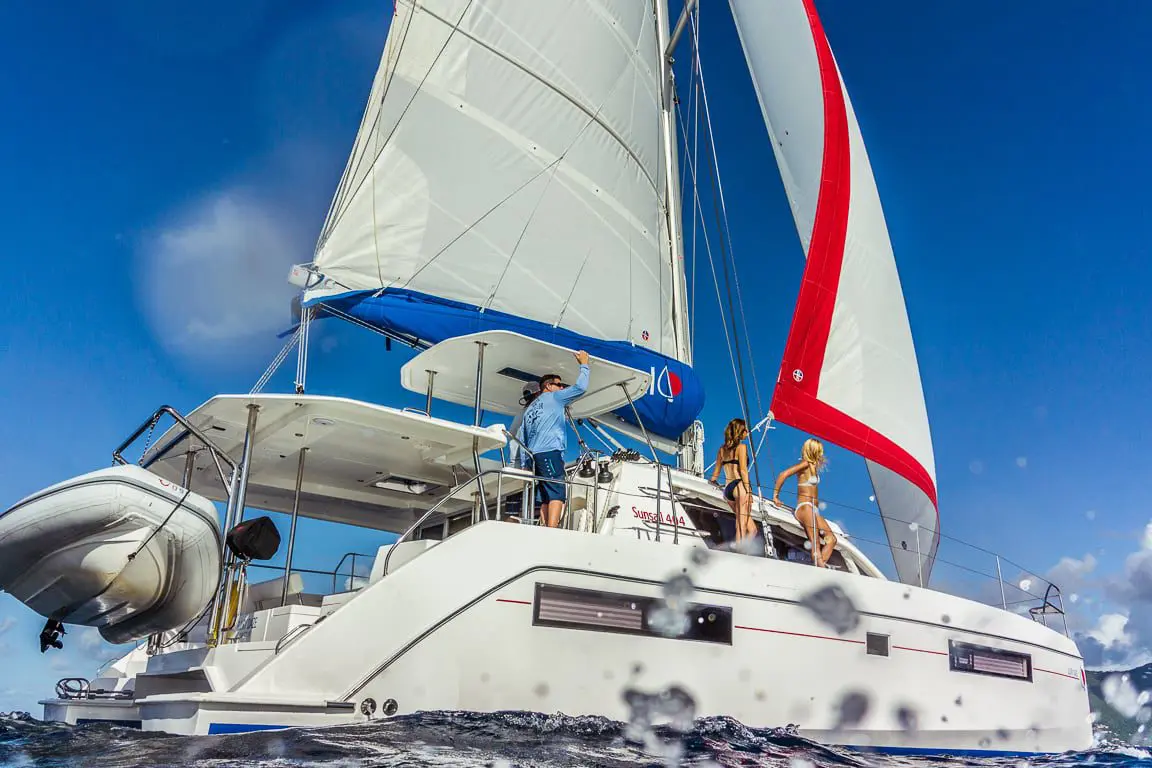
Yachts are measured in length from the bow to the stern (front to back). Essentially, the longer the yacht the more challenging the yacht may be to manoeuvre and thus will require a more experienced skipper. 1 foot is approximately 30 cm.
Hot tip – Sunsail name their yacht with the following convention:
Monohulls: The two numbers = length of yacht in feet
Catamarans: The first two numbers = length of yacht in feet, the third number = number of cabins on board the yacht
Other things to consider
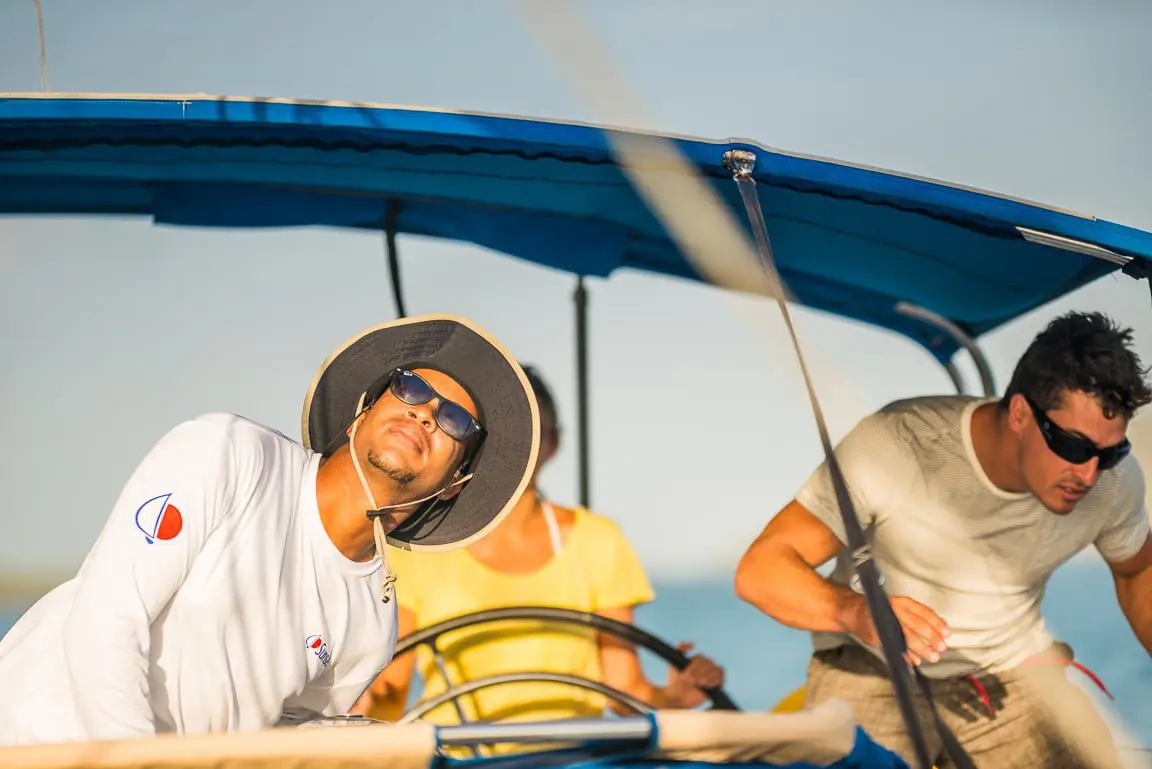
Qualifications – not all sailing regions require formal qualifications, but if your client is intending on sailing the yacht themselves, then they do need experience. Most areas require between 5 and 10 days sailing experience on a similar sized yacht to the one you are intending to charter.
The Mediterranean is the currently the only destination requiring an International Certificate of Competence (ICC) formal qualification. Other qualifications you may encounter are Royal Yachting Association certificates; these are recognised globally and the RYA Day Skipper is equivalent to an ICC.
Yacht Damage Waiver – (or crash cover) this is a compulsory additional cost to your client to cover the cost of any damage that the yacht may acquire whilst your clients are on holiday. This is not the same as travel insurance – travel insurance does not cover damage to a yacht.
Fuel – Just like that tuna sandwich you had for lunch fuels your body, yachts need fuel too! Fuel is included in your clients charter cost, however if their preference is to pay for this at their departure base, this can be arranged.
Provisioning – You can save your clients time and hassle by having them ‘pre-provision’ their yacht. This way, when they arrive, their yacht will be fully stocked and ready to go.
Sunsail have an excellent provisioning website where clients can pre-select their food and beverage – they have the option of a la carte or suggested packages.
Water Toys – Your clients can choose to enhance their holiday even further by adding extra water toys including kayaks, Sup boards, fishing and snorkelling gear.
What if my clients can’t sail?
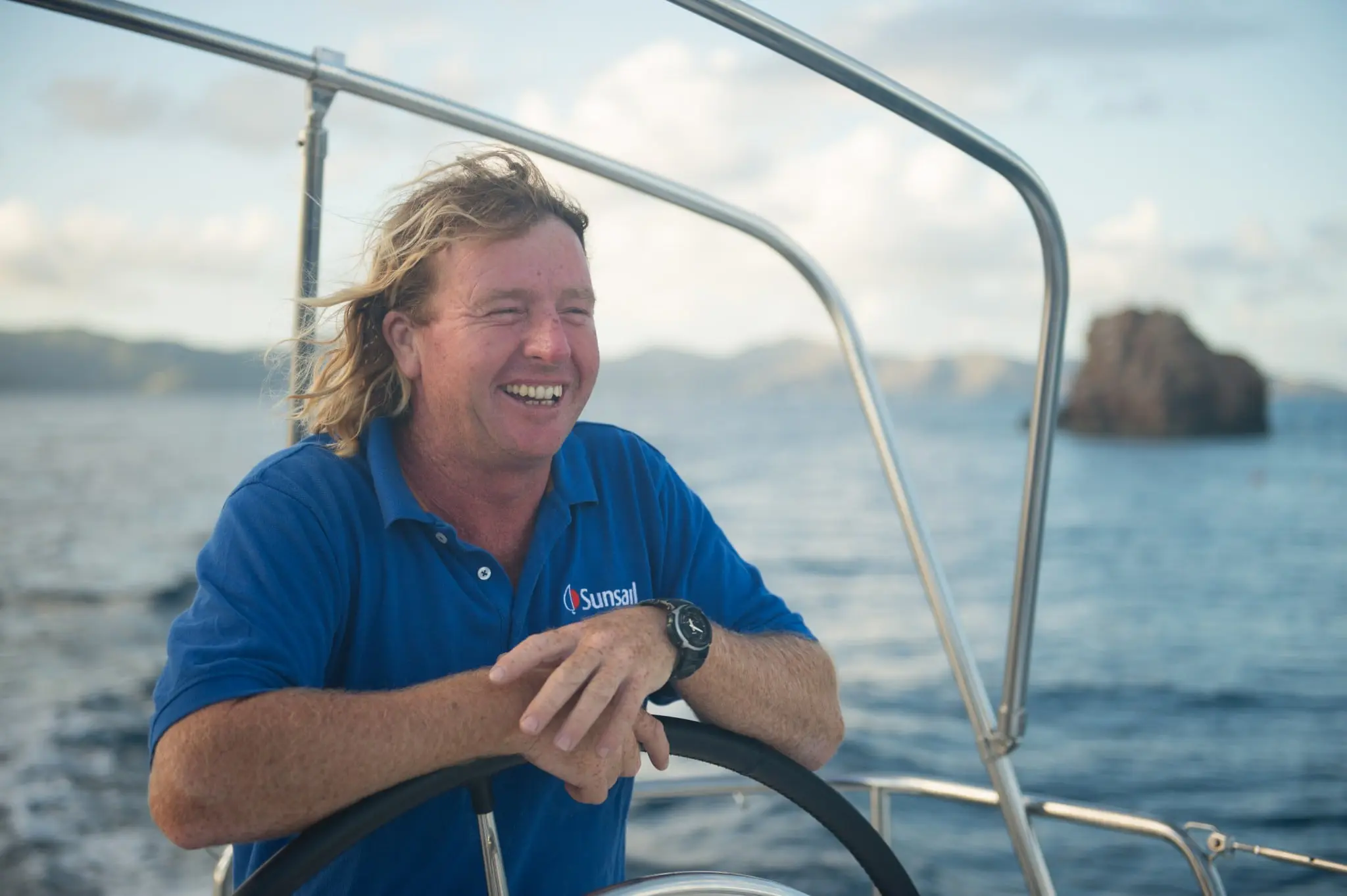
No worries first mate! There are a number of options for your client – suggest the following:
Opt for a Skipper – Imagine all the awesomeness of a yacht charter minus the hassle of having to chart your course and the responsibility of sailing the yacht.
Another benefit of choosing a skipper is their extensive and expert local knowledge, helping to plan an itinerary based on your interests and how you would like to spend your holiday.
Learn how to sail – They could learn to sail in a sailing school, this is a great way to experience an incredible destination and learn a new skill at the same time.
Complete beginners may prefer to participate in a RYA Start Yachting or Competent Crew course, while those with more experience can participate in a RYA Day Skipper, Coastal Skipper or Yachtmaster course.
As an alternative, Sunsail offer ‘Flotilla Zero’ and ‘Flotilla Hero’ courses which combine all of the fun social aspects of a group sailing holiday with the benefit of gaining a formal sailing qualification.
Need to Know Nautical Glossary
Anchor: One mode of ‘parking’- A chain or line with a hook/weight on the end that grips the bottom of the sea floor and prevents your yacht from floating away.
Bareboat: bareboat is to sailing are bareback is to horse-riding – essentially it is sailing a yacht on your own
Beam: width of the yacht
Berths: The number of people able to sleep on a specified yacht
Bow: the front part of the yacht
Cabins: Rooms on a yacht
Catamaran: a boat with two hulls
Dinghy: the small open boat with a little motor attached to the yacht to allow for easy access to shore.
Draft: Minimum depth of water needed to float a boat.
Fender: The rubber bubbly thing dangling off the side of the boat or a pier to help prevent damage to the boat
Forepeaks: the tip of the hull that, depending on the yacht’s design, may be used as a sleeping space or a storage area.
Flotilla: A fun group sailing holiday with up 12 boats complete with a lead boat with a Skipper, Engineer, Host and Activities planner. This type of holiday is a Sunsail specialty. Learn more about them here.
Head: toilet, loo, dunny, the bog (you get it…)
Hold: The inside of the yachts hull
Helm: The steering wheel
Hull: A boats base or shell (the floaty part)
Knot: Knot (see what I did there) just the loop you tie in a rope or string, but also a the unit of speed that is equal one nautical mile an hour
Port: The left of the boat when you facing the front (bow)
Monohull: a boat with one hull
Mooring: The second mode of ‘parking’- A buoy firmly anchored to the bottom, to which you are able to secure your yacht and prevents your yacht from floating away.
Nautical Mile: A measure of distance on the water equal to 1852 meters
Saloon/Galley: the kitchen/living area
Skipper: The captain of your yacht
Starboard: The right of the yacht when you facing the front (bow)
Stern: the rear part of the yacht.
Trampoline: You can try and bounce, but you probably won’t get very high. This is the netting at the front of the Catamaran that you can lie on and sun yourself
And there you have it – Yacht charter expert status achieved!
Sunsail offer 10% commission to travel agents for any charter booked. Need support? Call the friendly holiday planners at Sunsail and they will endeavour to help you in any way they can. To learn more about Sunsail holidays visit: http://www.sunsail.com.au/
This article is brought to you by:






